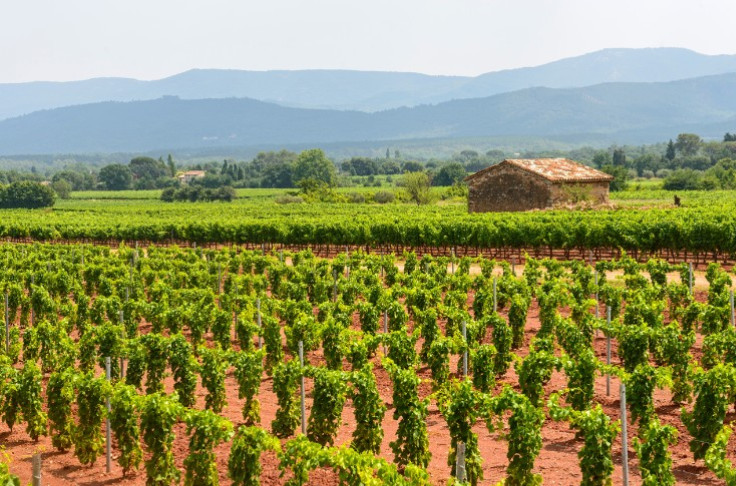Provence tweaks its future varietal range

he digital bible of innovative grape varieties planted over some one hundred hectares by winegrowers in the Provence-Alps-CĂ´te d’Azur region of southern France is taking shape. Dubbed O’Cesar, the project is spearheaded by the RosĂ© Wine Centre which has listed the agronomic, oenological and sensory characteristics of Artaban, Caladoc, Floreal, Lilaro, Muscaris, Nathy Sauvignac, Nero d’Avola, Rousseli, Sciaccarello, Souvignier Gris, Vidoc, Voltis and Xarello.
The information is extremely useful to a certain number of producers’ organisations. A case in point is the AOP CĂ´tes de Provence organisation which has chosen to incorporate five foreign, drought-resistant grape varieties* into its production specifications as part of the 2021 VIFA programme targeting cultivars that can cope with climate change. The organisation is shortly due to make a final decision on whether to introduce them permanently into specifications as primary or secondary varietals.
“Although the wines often do not fully achieve their potential until the vines enter the fifth or sixth year after planting, trends are emerging in tastings held by our panel of experts and industry members from wines made since 2022 in our experimental winery”, explains Nathalie Pouzalgues, project manager at the RosĂ© Wine Centre. FlorĂ©al, for example, seems to be similar to Vermentino, but with slightly lower acidity. “It could be a contender as a single varietal, just like Calabrese in sandy soils where the aromatics, balance on the palate and colour are reminiscent of Provence wines, even though we have yet to find a climate- or disease-resistant Grenache”, adds the winemaker.
Other varieties, like Souvignier Gris, have proven to be more worthwhile when blended with a Grenache, Cinsault and Syrah rosé base wine.
*Agiorgitiko, Calabrese, Moschofilero, Verdejo and Xinomavro.






